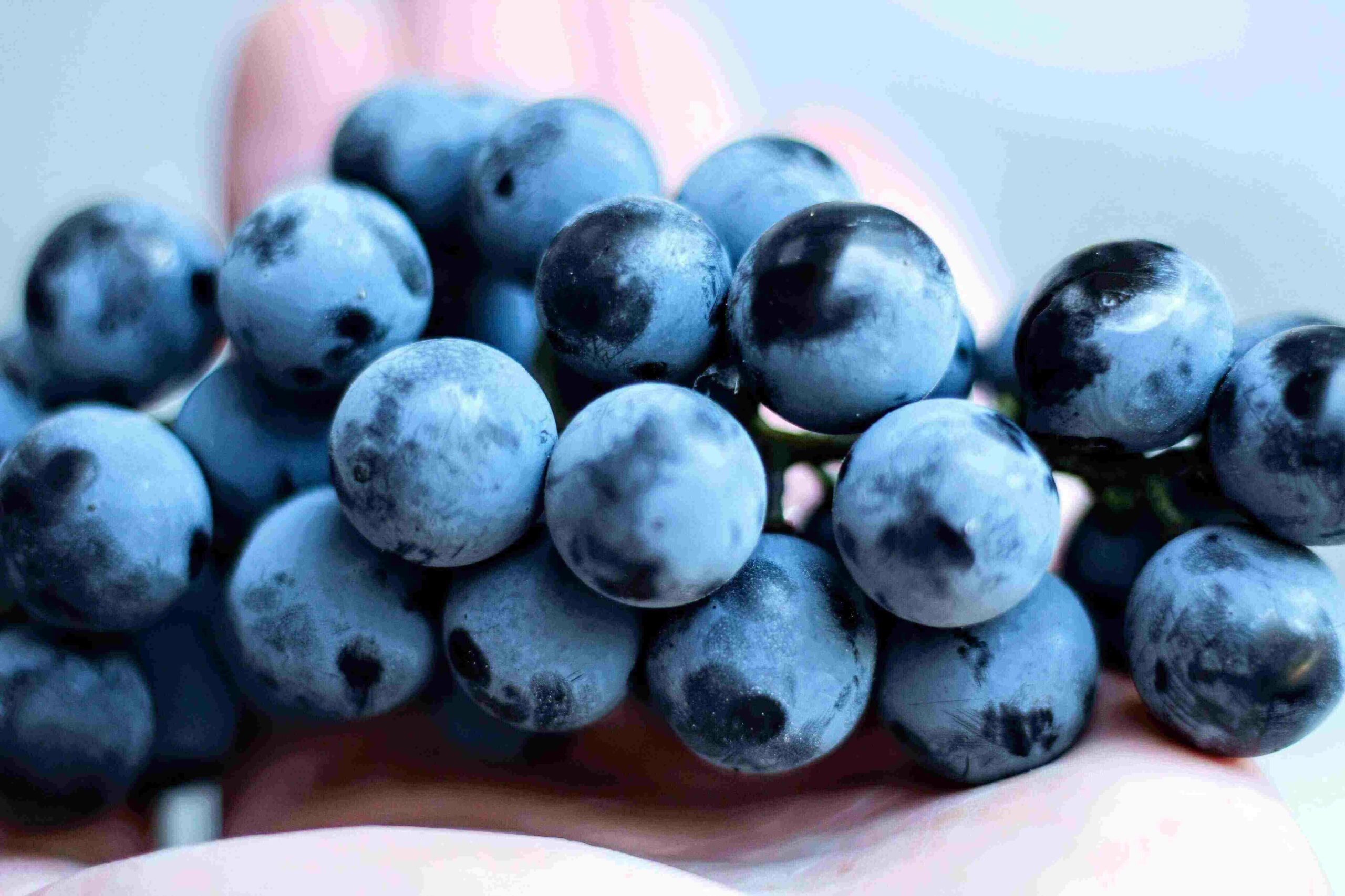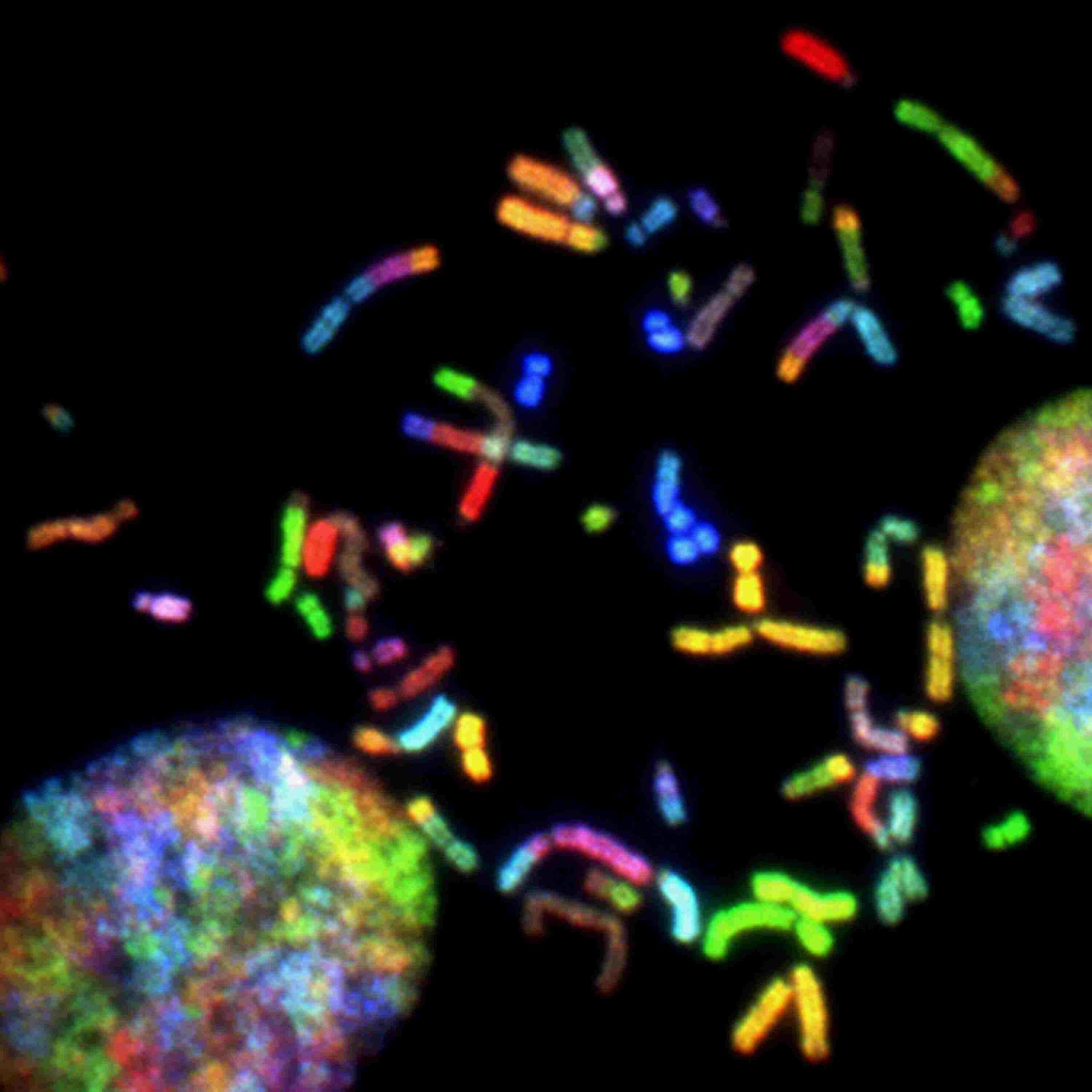Metabolic flexibility can be defined as the body’s ability to easily switch between energy sources in response to changing physiological and environmental conditions. During hunger, the body uses fatty acids as an energy source, and after being fed, it utilizes glucose. Its importance extends far beyond basic energy, as it influences various aspects of health, including weight management, metabolic health, sport performance, and even the aging process. Understanding the mechanisms of metabolic flexibility has the potential to reshape our approach to nutrition, fitness, and the prevention and treatment of metabolic diseases.
Metabolic Flexibility: Evolutionally Changes
During evolution, the human body was pretty metabolically flexible. Alternating periods of satiety and hunger, due to the lack of abundant food, enabled a better metabolic adaptation of the body. It was easy for the average human body to switch from glucose to fatty acid usage.
Today, we have totally different circumstances all over the globe. We are surrounded by food on all sides, and a sedentary lifestyle is increasingly prevalent. Lack of appropriate physical activity and frequent, unhealthy meals negatively affect mitochondrial function and, thus, metabolic flexibility. However, to make this process clearer, let us first explain the physiology of metabolism.
Metabolic Flexibility Basics
Our body derives energy from two main sources: carbohydrates (in the form of glucose) and fats (in the form of fatty acids). The choice between these energy sources depends on several factors, including the availability of nutrients, hormonal signals, and the body’s immediate energy needs.
When we consume carbohydrates, they are broken down into glucose, which enters the bloodstream. Elevated blood glucose levels trigger the release of insulin, a hormone that facilitates the uptake of glucose by cells for energy or storage in the liver and muscles as glycogen. When dietary carbohydrates are scarce or during prolonged physical activity, the body shifts to using fat as its primary energy source.
Fats are broken down into fatty acids and transported into cells, where they undergo beta-oxidation to produce energy in the form of ATP (adenosine triphosphate). Hormones, such as insulin and glucagon, play a key role in metabolic flexibility regulation. Insulin promotes glucose uptake and storage, while glucagon stimulates the release of stored glucose from the liver when blood sugar levels are low. Other hormones like adrenaline and cortisol influence the switch from carbohydrates to fats during periods of stress or high energy demands.
Mitochondria, the energy-producing organelles within cells, adapt to the type of fuel used. They can efficiently burn carbohydrates or fats, which depend on the prevailing metabolic condition.
Benefits of Metabolic Flexibility
Metabolic flexibility provides a range of benefits that contribute to overall health and well-being. Let’s take a closer look at them:
Improved Energy Utilization
Metabolic flexibility allows your body to efficiently switch between carbohydrates and fats as energy sources. This means you can sustain balanced energy levels throughout the day without feeling fatigued or lethargic.
Stable Blood Sugar Levels
It also helps regulate blood glucose levels. If you can readily switch between energy sources, you are less likely to experience blood sugar spikes and crashes, which cause sugar cravings and mood swings.
Weight Control
Metabolic flexibility helps control hunger and appetite. When your body efficiently uses stored fat for energy, it can reduce excessive hunger signals. That makes it easier to achieve and maintain optimal body weight.
Enhanced Endurance
When you are able to efficiently use carbohydrates and fats during exercise, your endurance is improved. This extends workout capacity and enhances performance.
Improved Insulin Sensitivity
Insulin sensitivity is closely linked to metabolic flexibility. Your cells respond better to insulin if you can switch between energy sources effectively. Better insulin sensitivity is associated with a reduced risk of obesity, insulin resistance, and type 2 diabetes.
Reduced Risk of Metabolic Disorders
Metabolic illnesses include disorders such as insulin resistance and type 2 diabetes. Good metabolic flexibility can help mitigate risk factors like obesity, high cholesterol, triglycerides, and high blood pressure.
Anti-Aging Benefits
Certain research suggests that maintaining metabolic flexibility may slow down the aging process. Efficient energy utilization and reduced oxidative stress can contribute to longevity and overall vitality.
Better Adaptation to Dietary Changes
Metabolic flexibility allows you to adapt your diet to different circumstances. Whether you choose a low-carb, high-fat (LCHF) diet or a balanced one, your body can efficiently use the available nutrients. Every time you encounter dietary changes, metabolic flexibility helps your body adapt more smoothly to the new nutritional environment.
Enhanced Recovery
After intense physical activity, metabolic flexibility aids in faster recovery. Your body can switch to using fats to repair and rebuild tissues, which reduces post-exercise fatigue and soreness.
How to Increase Metabolic Flexibility
Increasing metabolic flexibility can improve your overall health, help you manage your weight, and optimize your energy levels. Here are a few tips you can try:
Ketogenic Diet
The ketogenic (keto) diet is characterized by its high-fat, low-carbohydrate intake. By significantly reducing carbohydrate consumption, the keto diet forces the body to adapt to using fats as its primary energy source.
With prolonged adherence to the keto diet, individuals often experience increased fat oxidation, reduced reliance on glucose, and improved insulin sensitivity, all of which contribute to enhanced metabolic flexibility. The brain and muscles can use ketones (byproducts of fat breakdown in a ketosis state) as an alternative fuel source.
Regular Exercise
The body gains various advantages from a regular exercise program that combines both aerobic and strength training activities. Exercise boosts insulin sensitivity, enhances the body’s ability to utilize different energy sources, and improves metabolic flexibility.
You can also incorporate high-intensity interval training (HIIT) into your workouts. These techniques can significantly increase fat oxidation and make energy utilization more efficient.
Cold Exposure
As a hormetic stressor, a cold environment can improve metabolic flexibility through a process known as cold-induced thermogenesis. This process burns calories from stored fat in order to generate heat for the body.
Fasting
If you are generally healthy, consider experimenting with intermittent fasting or time-restricted eating patterns tailored to your lifestyle. These strategies can empower your body to switch between fuel sources, encourage fat utilization, and enhance insulin sensitivity.
Reducing Sugar Intake
Stay away from sugar and processed carbohydrates in your diet. They can lead to rapid blood sugar spikes and decrease your metabolic flexibility.
Quality Sleep
Ensure you are getting 7-9 hours of quality sleep every night and make it a priority in your daily routine. This allows your body’s hormonal regulation and metabolic processes to work optimally.
Managing Stress Levels
Incorporate stress-reduction techniques such as meditation, yoga, or deep breathing exercises into your daily life. These practices help maintain a balanced hormonal profile and prevent chronic stress from disrupting your metabolic function.
Stay Hydrated
Drink enough water throughout the day to maintain proper hydration. This supports metabolic processes and contributes to overall metabolic health.
Limit Alcohol Consumption
If you consume alcohol, do so in moderation. Excessive alcohol intake can negatively affect your metabolic processes and lead to metabolic inflexibility.
Be Patient
Remember that metabolic restoration is a gradual process that requires consistency. Be patient with your efforts, as significant changes in metabolism will not manifest overnight.
Try VANA Health System
VANA Health System is a revolutionary food supplement based on essential polyphenols. This premium supplement aids in weight control, reduces water retention, improves detoxification, boosts immunity and focus, uplifts mood, and enhances skin health. Its unique formula is divided into two daily doses: VANA AM, for morning body needs, and VANA PM, for evening needs.
Signs of Increased Metabolism
Signs of increased metabolism are observable indicators that your body has become more efficient at switching between different energy sources. There are various signs of improved metabolic flexibility, which may manifest differently in individuals and take some time to become noticeable.
They include:
- Stable energy levels throughout the day
- Balanced blood sugar levels
- Improved exercise performance
- Efficient weight control and reduced sugar cravings
- Improved concentration and attention
- Better hormonal balance
Summing Up
Metabolic flexibility is a process that requires persistence and patience. By adopting healthy eating habits and regular physical activity, we can achieve this. However, it is important to note that maintaining metabolic flexibility requires an ongoing commitment to healthy lifestyle behaviors. Developing healthy habits should be considered a long-term solution for better health and vitality.
FAQ
How do you know if you have metabolic flexibility?
Metabolic flexibility can be measured through observable indicators. Balanced energy throughout the day, stable blood sugar levels, and better appetite control suggest improved metabolic flexibility. Easier weight management, enhanced endurance during physical activities, and better recovery after exercise are also positive signs.
Reduced post-meal fatigue and improved tolerance of dietary changes, such as intermittent fasting or low-carb diets, indicate increased metabolic flexibility. Track your body’s changes, monitor your progress, and consult with a healthcare professional for a more definitive assessment.
Does fasting increase metabolic flexibility?
Yes, fasting increases metabolic flexibility. When you fast, your body experiences a shift in its energy utilization patterns. Initially, it relies on stored glycogen (carbohydrate reserves) for energy. However, as these reserves deplete, the body starts breaking down fats into fatty acids and glycerol. This process, known as lipolysis, promotes the utilization of fats for energy production. Fasting also triggers the production of ketones, which can serve as an alternative fuel source for the brain and muscles. As time goes on, the ability to switch between carbohydrates and fats for energy becomes more efficient.
Can you feel the metabolic switch?
Feeling the metabolic switch is not a conscious sensation that individuals directly experience. The transition between utilizing carbohydrates and fats for energy is controlled by complex biochemical processes within the body. These changes often occur seamlessly and subconsciously.









